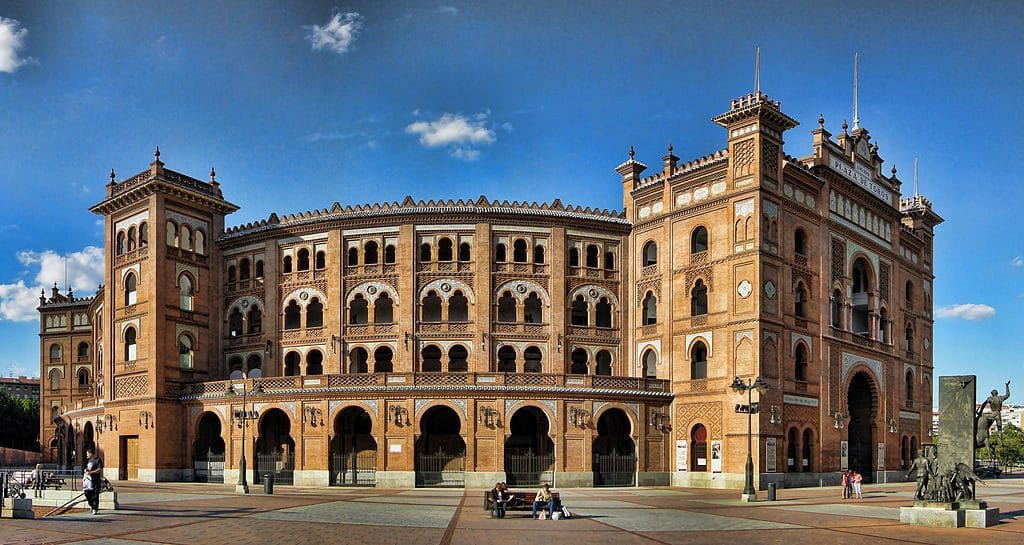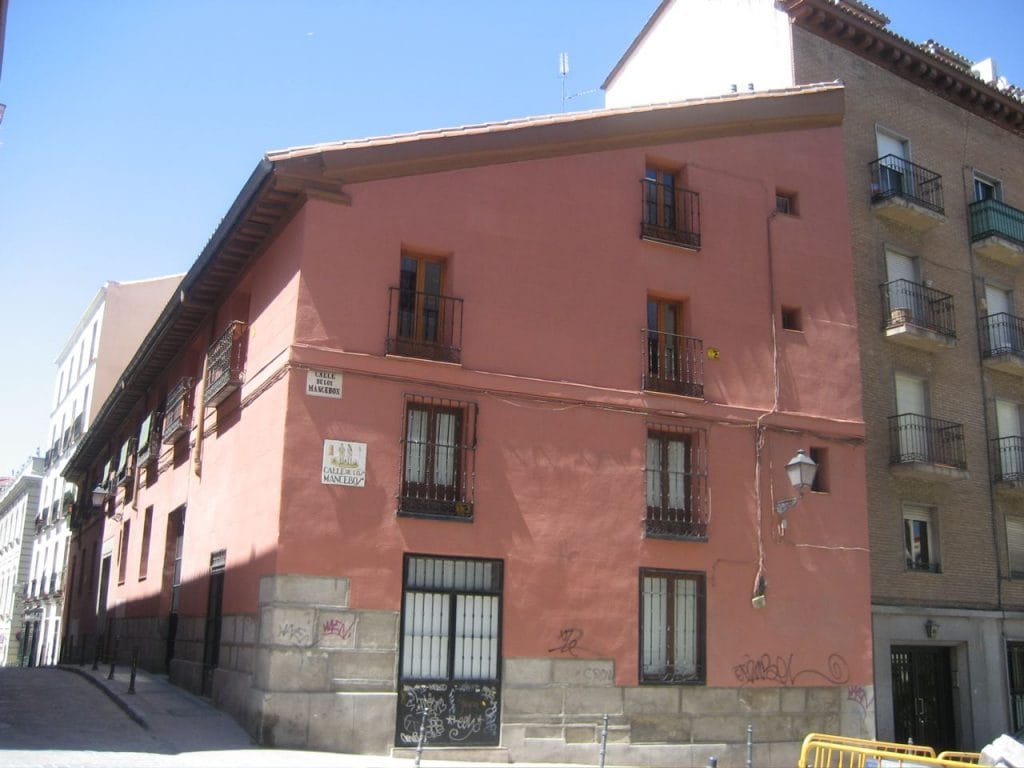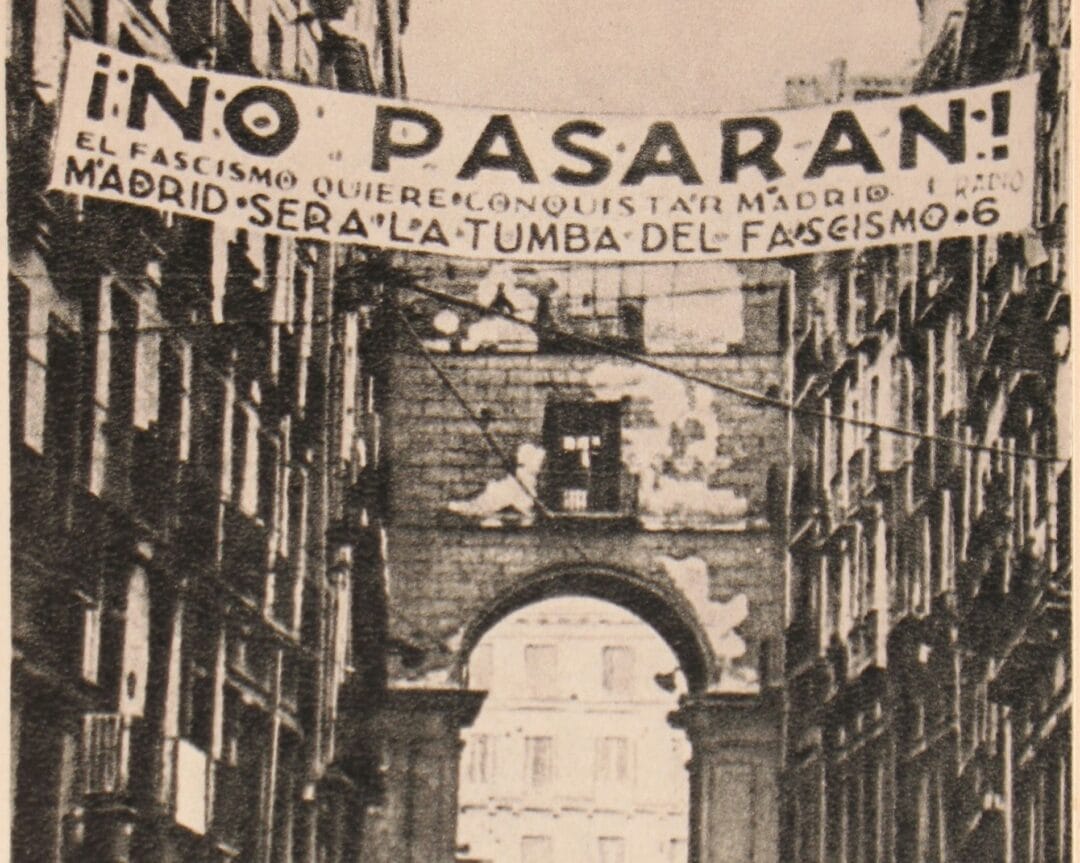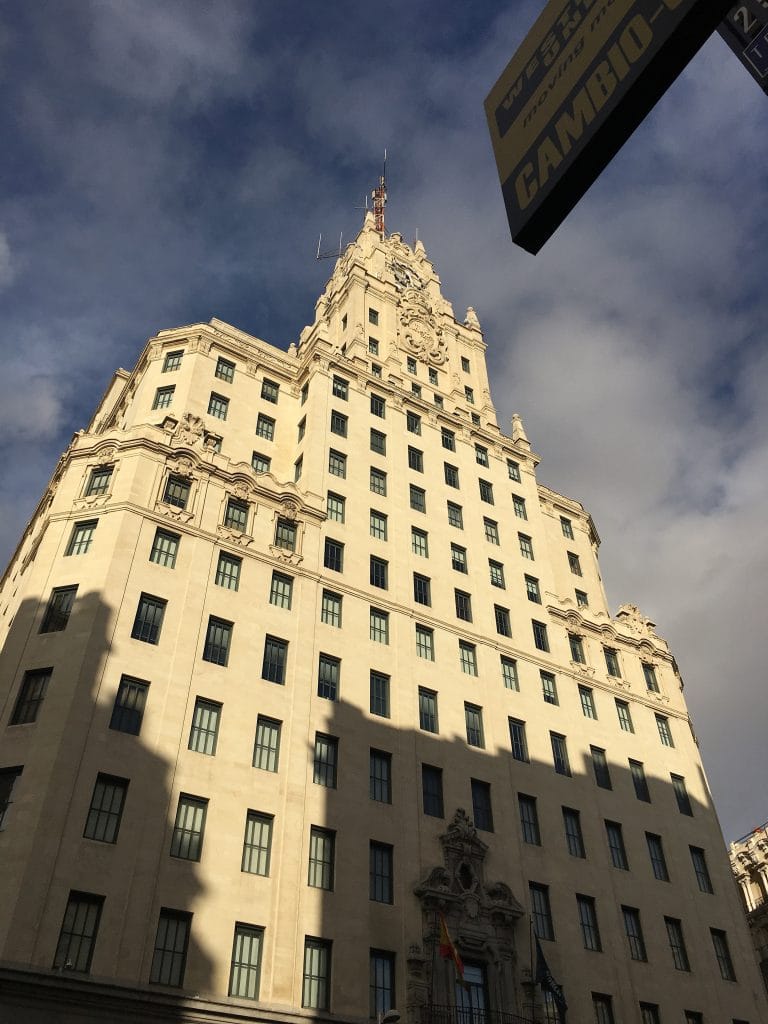Vanished history
Each evening dozens of people flock to the Temple of Debod to watch the sun set from what is now one of Madrid’s most peaceful and beautiful spots. Most have no idea that less than 100 years ago this was the sight of a mass slaughter. That’s because only a single plaque remains and this only acknowledges that the Cuartel de la Montaña once stood here, with no mention of the carnage that occurred when it was destroyed in the Civil War. However, this barracks among other vanished buildings has become slightly more visible thanks to a new app released by Madrid’s local government.


Free to download, Mira Madrid allows users to peer through the mists of time to discover a vanished world. The city is divided up into nine sections and users can follow a suggested route, read about the history of the area and view images from its past as they walk. Or, as I did, simply scroll through at home. Though the content is still a little thin, I still managed to find out quite a bit about Paseo del Prado and Retiro while lounging around on my sofa. Did you know, for instance, that there used to be a giant helter-skelter at Cibeles, a zoo in Retiro (moved in 1974 to Casa de Campo), or that opposite the Prado once stood a gorgeous 19th century Arabic-style palace that had been modelled on the Alhambra?

Online archive
Drawing from the extensive Memoria de Madrid online archive, the app features many photos and drawings of Madrid in days gone by. As I mentioned earlier, the information on the app itself is a little scant at the moment. Hopefully this will improve in the future as data is uploaded from the archive. However, it does make you wonder what information has been conveniently left out. For instance, while the app mentions Retiro’s zoo at the Casa de Fieras, it fails to inform the user about the infamous human zoo that also existed within the park.
That’s not to say that it’s all whitewashing. One of the most poignant places covered by the app has to be the Cuartel de la Montaña barracks mentioned at the beginning of this post. This was destroyed in a conflict that arose just after Franco declared himself against the Republican regime. The rebellion left the soldiers inside the barracks facing the difficult choice of whether to back this military coup or remain loyal to the elected government. While they deliberated, a militia surrounded the building demanding the troops surrender their weapons.
Savage slaughter
On July 20 1936 one white flag was flown, but when the militia approached, shots were fired from within the barracks. This enraged the Republican side so that when they finally stormed the barracks after an aerial and artillery bombardment, they dealt savagely with the soldiers, killing between 500 to 900 out of the 1500 stationed there and dragging many wounded straight off to jail.
The tragic story above is glossed over a little in the app which merely states that it became “notorious for being the place in which the military uprising occurred in the capital” and that the building was destroyed in the Civil War. Another downside was that I found the app very glitchy on my Android phone. Hopefully a bit more work will be put into the tech and the information it provides in the future.
Shortcomings aside, the app’s true appeal lies in charming pictures taken by ordinary people out and about in the Madrid of days gone by. My very favourite of these was the picture of these dapper gents enjoying themselves roller-skating on the terrace of Casa de Vacas in 1916.
Keen to find out more about the history of Madrid? See another side of the city with one of my unique walking tours.





